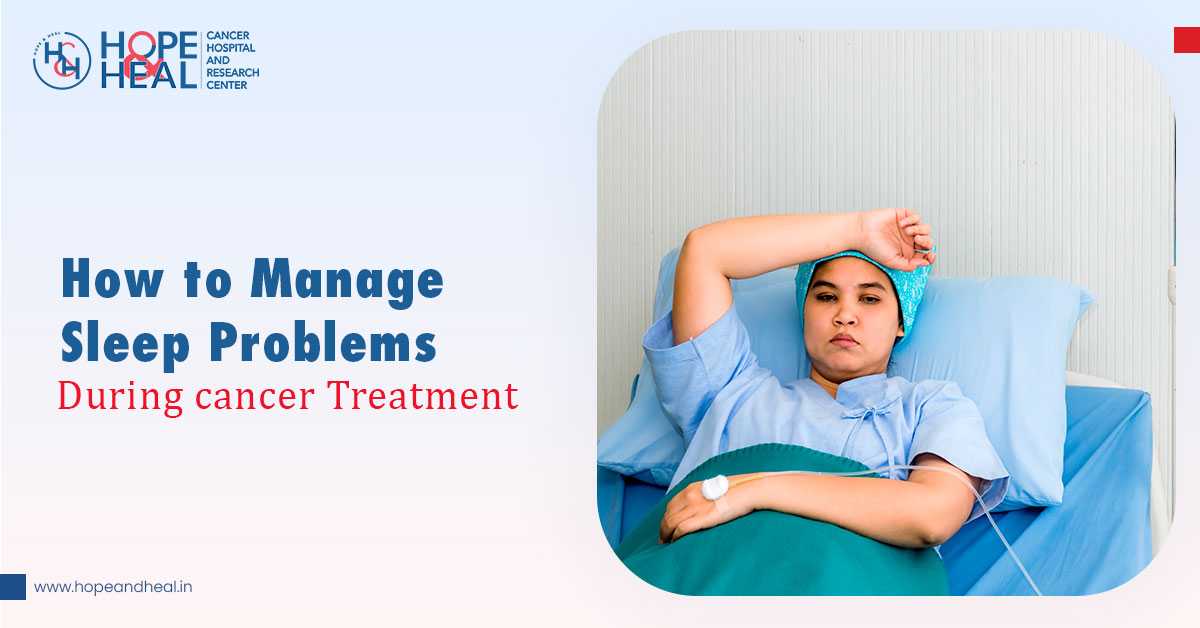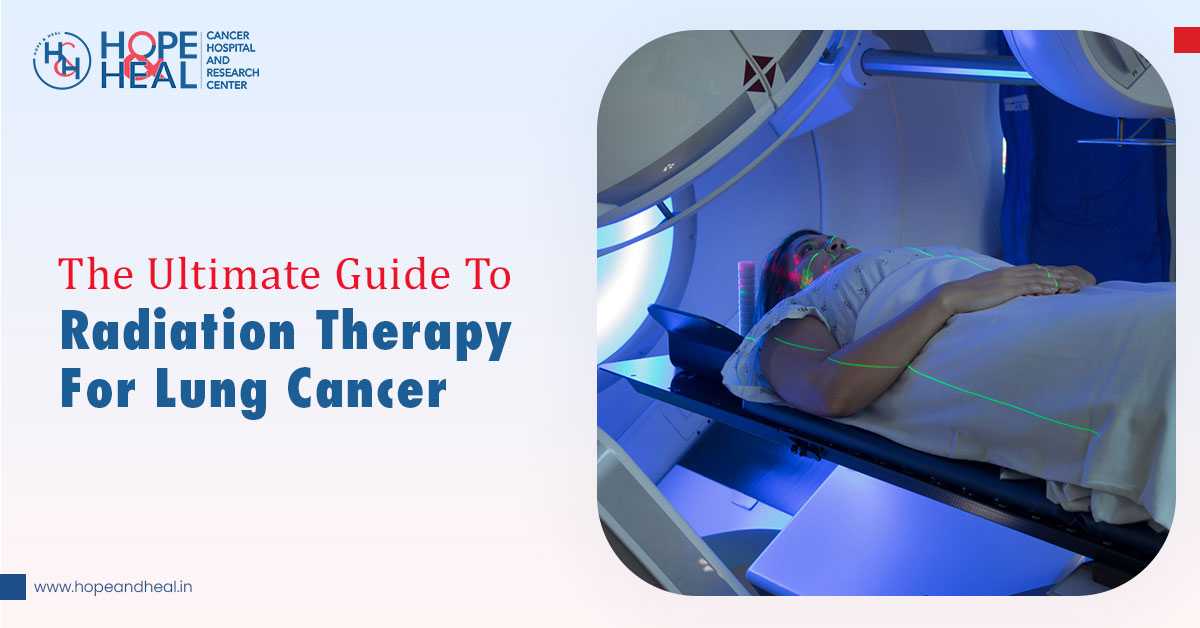Skin Cancer is referred to as the abnormal growth of skin cells. This cancer can be deadly and thus the sooner one secures treatment the better it is. Some people are usually at higher risk of skin cancer but anyone can get it. This cancer occurs due to the development of abnormal cells which usually can spread and invade other body parts. Moreover, it is the most commonly diagnosed cancer in humans. The most preventable form of skin cancer is considered to be overexposure to ultraviolet (UV) light. This light can either be from the Sun or artificial sources such as tanning beds. It is significant to know about skin cancer as it can spread to nearby tissues as well as other tissues inside the body. Hence, it is important to consult your healthcare provider if you detect any signs of skin cancer.Most skin cancer is cured if it is identified and treated in its early stages.
Signs, Symptoms, and Spread of Skin Cancer
Usually, any new or changing spot on the skin that persists for two weeks or more must be brought to the doctor’s attention. In the early stages, skin cancer often does not have any visible signs or symptoms. Some types of Skin cancer also spread along the nerves. As a result, it may cause itching, numbness, pain, tingling, or feeling like ants are crawling beneath the skin. Some of the prominent symptoms of skin cancer are as follows:
- Any new spot on the skin
- Changes in size, shape, or color of an existing spot on the skin.
- A spot on the skin which is itchy and painful
- A wart-like growth
- Red rough or scaly spot
- Non-healing sore which further develops in a crust
- Scar-like growth without a well-defined border
- Any red or skin-colored shiny bump
- A growth on the skin with a raised border as well as a central crust or bleeding
Visit a specialist if any of these signs or symptoms are detected on your skin. You may visit North Bengal’s top cancer hospital for a screening.
Some important facts about Skin Cancer
- Some of the prominent risk factors of skin cancer are exposure to UV radiation, genetic predisposition, fair skin, immune suppression, and a history of sunburns.
- Skin cancer ranks among one of the most common types of cancer globally with more than 5 million cases diagnosed annually.
- On a general basis, approximately 90 out of 100 people survive their melanoma for 5 years or more depending upon the diagnosis.
- Over 85 out of every 100 people usually survive their melanoma even after 10 years or more after their diagnosis.
Causes of Skin Cancer
- Fair Skin: Fair skin makes people more susceptible to skin damage along with UV radiation. Additionally, people with light-colored eyes and freckles are also at high risk of skin cancer.
- Sunburn history: Individuals who have experienced severe sunburns during their childhood increase the risk of developing skin cancer later in their lives.
- Weak immune system: Any condition or medication that may suppress the immune system increases the risk of Skin cancer.
- Exposure to certain chemicals: Exposure to some chemicals such as arsenic may also result in an increased risk of skin cancer.
Main types of Skin Cancer
Skin Cancer of several types among which the three most common types of skin cancer are as follows:
Basal Cell Carcinoma (BCC):
It is formed in the lower part of the epidermis and is known as basal cell carcinoma. Basal Cell Carcinoma accounts for the majority of the cancer cases in India. Usually, it appears to be flesh-colored, pearl-like a bump or it can be a pinkish patch of skin.
Squamous Cell Carcinoma (SCC):
Squamous Cell Carcinoma on the other hand appears as a red, scaly patch or may appear in the form of a sore that does not heal. Moreover, it can grow and spread to other parts of the body if not treated at the early stage.
Melanoma:
Skin cancer that forms in melanocytes is known as melanoma. It is far less common than BCC and SCC, and melanoma is considered to be the most dangerous form of skin cancer. This form of cancer usually develops either from existing moles or appears as new dark spots on the skin. This form of skin cancer can quickly spread to other parts of the body and organs that are not detected early.
For early detection and suitable diagnosis, you may consider visiting one of the top cancer hospitals in Siliguri, West Bengal.
Impact of Skin Cancer on Life
Different individuals may face different impacts of skin cancer depending upon their type and stage of cancer as well as personal circumstances. Here are some common ways how skin cancer affects one’s life:
Physical health: Skin cancer may result in physical symptoms like pain, itching, discomfort as well as change in appearance. Some side effects like nausea, skin irritation, immune system suppression as well as fatigue can be caused due to various treatments like surgery, chemotherapy as well as immunotherapy.
Emotional Well-Being: A range of emotions can be evoked which may include fear, anger, sadness, and anxiety. It eventually impacts the quality of life of an individual.
Financial Burden: Without adequate health insurance coverage, the cost of skin cancer diagnosis and follow-up can be significant.
Work and productivity: Treatment of skin cancer may necessitate time off work regarding medical appointments and rest. This may negatively impact an individual’s ability to perform job duties effectively.
Prevention from Skin Cancer
.jpg)
Preventing skin cancer requires proactive measures to protect the skin from UV radiation. Following are a few tips to reduce the risk of skin cancer:
Protective Clothing: An individual should cover up their body with long-sleeved shirts, wide-brimmed hats, sunglasses as well as full-length pants.
Use Sunscreen:Application of broad-spectrum sunscreen with an SPF of 30 or higher than this to all the exposed skin. It should be applied even on cloudy days.
Avoid tanning beds: Tanning beds should be avoided as they emit harmful UV radiation which may increase the risk of skin cancer.
Seek Shade:One should limit the time they spend in the Sun, especially during the peak hours which are considered to be from 10 am to 4 pm.
Perform Self-Examinations: Any changes in moles, freckles as well as other spots should be regularly checked. One should consult an expert if they notice any suspicious changes.
Skin Cancer Diagnosis
A combination of clinical evaluations, visual inspection as well as additional tests are performed for skin cancer diagnosis. Following is an overview of the steps involved in skin cancer diagnosis:
It is crucial to consult with a healthcare professional in order to gain an accurate diagnosis as well as appropriate treatment. A combination of physical examination and biopsy is usually involved in the diagnosis of skin cancer.
In a physical examination, a dermatologist or any healthcare provider closely examines the skin while looking for any abnormal areas like lesions, growths, and moles. If the healthcare provider detects any areas of concern, he or she may recommend a biopsy. Biopsy involves taking a small sample of suspicious skin as well as sending it to a laboratory to examine under a microscope. It will help to understand and determine what type of cancer it is.
Treatment for skin cancer varies depending upon its type along with the stage of cancer. Following are a few common and effective approaches for treating skin cancer:
Surgical Excision: It is the most common treatment for most skin cancers. This procedure involves the removal of cancerous tissue along with marginal healthy tissue to ensure the complete removal of malignant tissues.
Radiation Therapy: It can also be used as a primary treatment option for skin cancer where surgery may not seem to be feasible. Radiation involves using high-energy beams in order to destroy cancerous cells.
Mohs Surgery: It is a specialized technique that is used to treat certain types of Skin Cancer, especially those that have a high recurrence rate. During this surgery, a thin layer of tissues is removed and examined under a microscope till no cancerous cells are detected. One of the greatest advantages this surgery provides is minimizing the removal of healthy tissues.
Curettage: With the help of a curette, the tumor is cut out from the skin. Thereafter, a needle-shaped electrode is used for treating the affected area with an electric current. It helps stop bleeding and destroys cancer cells that remain around the edge of a wound. The process is repeated one to three times in order to remove the cancer completely.
Cryosurgery:Cryosurgery is a treatment that uses an instrument for freezing and destroying abnormal tissue.
Conclusion
Skin cancer can be said to be a grave health concern that requires attention as well as proactive measures in order to prevent and detect it early. One needs to understand the causes, types as well as preventive strategies to take control of their skin health. Early detection is key to being vigilant about monitoring one’s skin health. One should seek medical attention promptly if they notice any concerning changes. “Your skin is your body’s largest organ - Protect it with care”.




